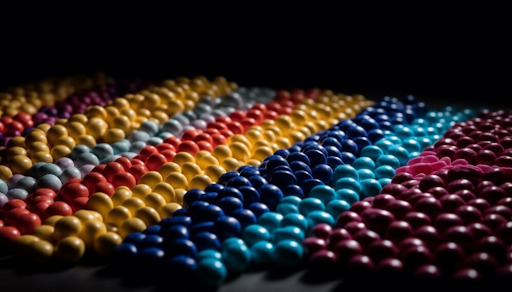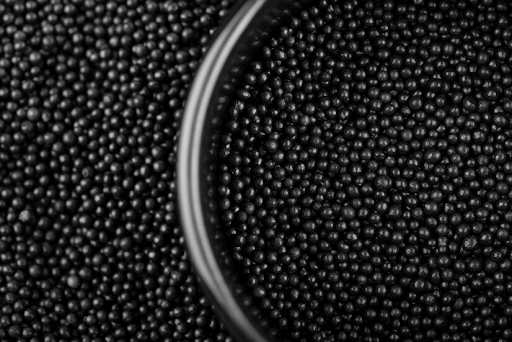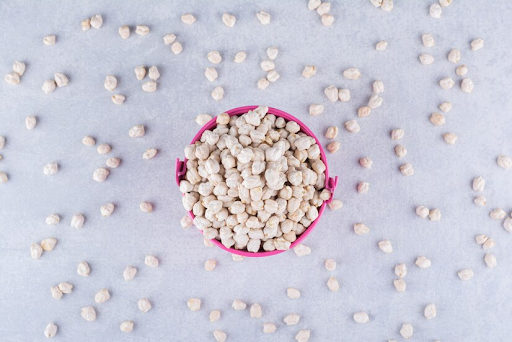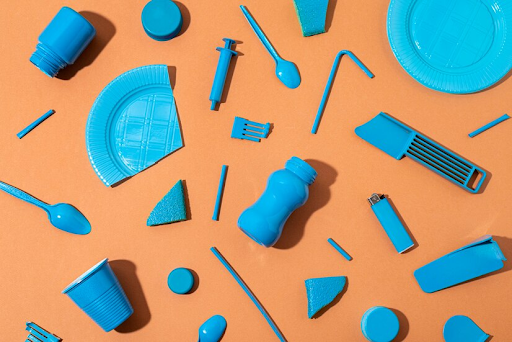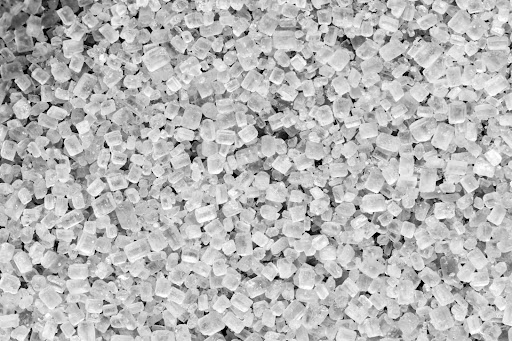Plastic production has come a long way since the early days, and masterbatches have been instrumental in improving the quality, performance, and appearance of plastic products. From coloring to enhancing performance or imparting certain properties, masterbatches are crucial across industries.
This guide will provide you with an insight into their composition, types, advantages, and uses. With the evolution of polymer technology, masterbatches are becoming increasingly specialized to meet various industry requirements, like biodegradable plastics and high-temperature-resistant products.
What Are Masterbatches?
Masterbatches are highly concentrated blends of pigments, additives, or fillers in a carrier resin. They are processed and added to raw polymers to impart specific features like color, UV stability, flame retardance, or antimicrobial action. Masterbatches are unlike raw pigments or additives since they provide consistent dispersion, improved control over recipes, and convenient handling, rendering them the first choice of plastic production.
Composition of Masterbatches
The main constituents of a masterbatch are:
- Carrier Resin: Serves as a vehicle for pigment and additive dispersion. Typical carriers are polyethylene (PE), polypropylene (PP), and polystyrene (PS).
- Additives or Pigments: Confer functional characteristics like color, UV stability, or heat stability.
- Dispersing Agents: Enhance the stability and uniformity of the masterbatch.
Types of Masterbatches
1. Color Masterbatches
These are applied to introduce brilliant, uniform colors to plastic goods. The pigments are dispersed uniformly so that there is no shade variation. Typical uses include packaging, household items, and automotive parts.
2. White Masterbatches
With titanium dioxide (TiO₂) content, white masterbatches offer high whiteness, brightness, and UV stability. They find extensive use in films, pipes, household goods, and fabrics.
3. Black Masterbatches
Produced with carbon black, these masterbatches provide better UV protection, electrical conductivity, and dark black color. They find applications in automotive components, cables, and agricultural films.
4. Additive Masterbatches
These add plastic properties without changing color. Some popular additive masterbatches are:
- UV Stabilizers: Guard plastics against sunlight-induced degradation.
- Flame Retardants: Enhance fire resistance in electrical parts and car interiors.
- Antimicrobial Additives: Inhibit bacterial growth in medical and food packaging uses.
5. Filler Masterbatches
Filler masterbatches are utilized to improve mechanical properties and cut costs and are filled with such materials as calcium carbonate or talc. They are used extensively in packaging, pipes, and domestic products.
Advantages of Masterbatch Utilization
1. Enhanced Quality of Product
Masterbatches provide even color dispersion and identical properties, which result in higher-quality plastic products.
2. Economical Processing
Masterbatches are more efficient compared to raw pigments, minimizing waste and enhancing material usage.
3. Improved Functionality
With the introduction of certain additives, plastics achieve increased durability, UV stability, and fire resistance, which can be used for different applications.
4. Eco-Friendly
Most masterbatches today carry environmentally friendly compositions, minimizing ecological footprint and plastic sustainability.
5. Convenient Handling and Storage
Masterbatches are in the form of pellets, unlike powder pigments, and hence easy to handle, store, and blend with raw polymers.
Common Uses of Masterbatches
1. Packaging Industry
Masterbatches are extensively applied in food packaging, plastic bags, and films, providing bright colors, UV stability, and durability.
2. Automotive Industry
Applied in car interiors, bumpers, and electrical parts, masterbatches enhance strength, heat stability, and appearance.
3. Consumer Products
From home appliances to toys and furniture, masterbatches enhance product appearance, strength, and lifespan.
4. Agriculture and Building
Masterbatches offer UV protection in greenhouse films, irrigation pipes, and roofing sheets, providing long-term performance.
5. Textile and Fiber Industry
Masterbatches are utilized by synthetic fibers for color stability, UV protection, and enhanced dyeability.
Selecting the Proper Masterbatch
In choosing a masterbatch, the following should be taken into consideration:
- Compatibility with the Base Polymer: For proper mixing and homogeneity.
- Desired Functional Properties: Select additives that meet certain industry requirements.
- Processing Conditions: Stability at high temperatures and during extrusion or molding.
- Regulatory Compliance: Food-contact uses need FDA or EU-approved masterbatches.
Conclusion
Masterbatches have transformed plastic production by providing improved color, performance, and processing benefits. From packaging to automotive, textiles, and consumer products, they offer affordable solutions to the needs of the industry.
With the development of sustainable and high-performance masterbatches, the future of plastic production will be more efficient, long-lasting, and environmentally friendly. The ongoing development in polymer science guarantees that masterbatches will continue to be a core part of the plastic industry for many years to come.

